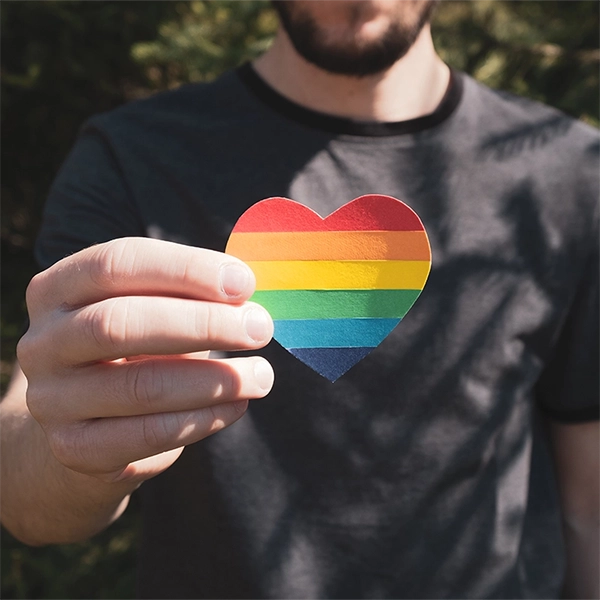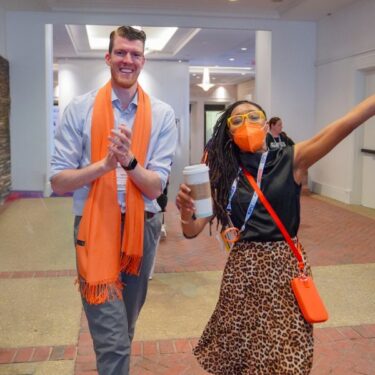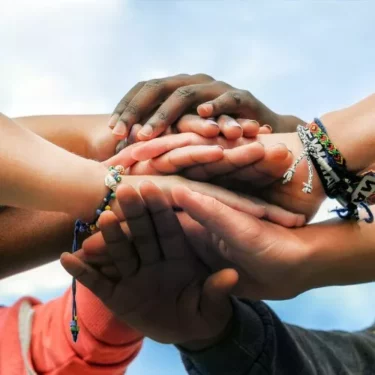Within our health care systems, definitions continue to evolve as the research and understanding of clients’ needs evolve. While definitions may be everchanging, they help providers, policymakers and the public understand how care is or is not being delivered in communities across the country.
Similarly, within our LGBTQ+ communities, definitions continue to progress as individuals discover who they are within their communities and tailor how they define their identities for themselves and within society. To ensure the world of health care meets the needs LGBTQ+ clients, providers must be able to delivery services that are person-centered. Given that rates of suicide and overdose within LGBTQ+ communities are much higher than for other populations, this is particularly important for mental health and substance use care providers.
Person- and family-centered care are services delivered in a manner that is recovery-oriented and respectful of the individual client’s needs, preferences and values by ensuring client involvement and self-direction of services received. Person-centered care for children and youth should be family-centered, youth-guided and developmentally appropriate. Terms like “self-direction” and “youth-guided” should ensure that the language and definitions used by the client are also used by their providers and the teams that support them.
When I began working as a social worker, a mentor said, “You’ll never know what you’ve said to someone until you know how they heard it.” Initially, I understood that solely in the context of using words and phrases that are universally known and relevant for the time. As that relates to LGBTQ+ clients – particularly youth – may use terms to define themselves and their identities that are different than those used or known by providers or their colleagues.
Personally, I define myself as both a gay and queer cisgender man. I feel empowered when I define myself as queer as an act of reclaiming a negative term. When others both inside and outside of the LGBTQ+ communities hear “queer,” they may feel disempowered or even triggered due to the word’s history of bullying and hate speech.
How people, including those who identify as LGBTQ+, hear what we say goes beyond the words. I came out as a gay man more than 20 years ago, but I was hesitant to disclose this information to my primary care provider. When I started attending college shortly after, that hesitation lifted when I walked into the clinic on campus. Beyond having posters that reflected the diversity of the communities in the area – including LGBTQ+ communities – the staff wore pride flags or pinned them at their desks. I felt a sense of belonging in a health care environment that I had not experienced previously.
At the National Council, I work on the Certified Community Behavioral Health Clinic (CCBHC) model, one that requires person- and family-centered care. In doing this work, I see communities with underserved LGBTQ+ persons being innovative in how they create both health equity and a sense of belonging for all of the clients they serve. From all-gender restrooms and LGBTQ+-specific group therapies to staff trainings on gender identity and sexual orientation, CCBHCs are supporting helping to save lives in ways that work.
Want to help? Take action to support CCBHCs as they continue to provide person-centered treatment not only for LGBTQ+ communities, but anyone who needs mental health or substance use care.




